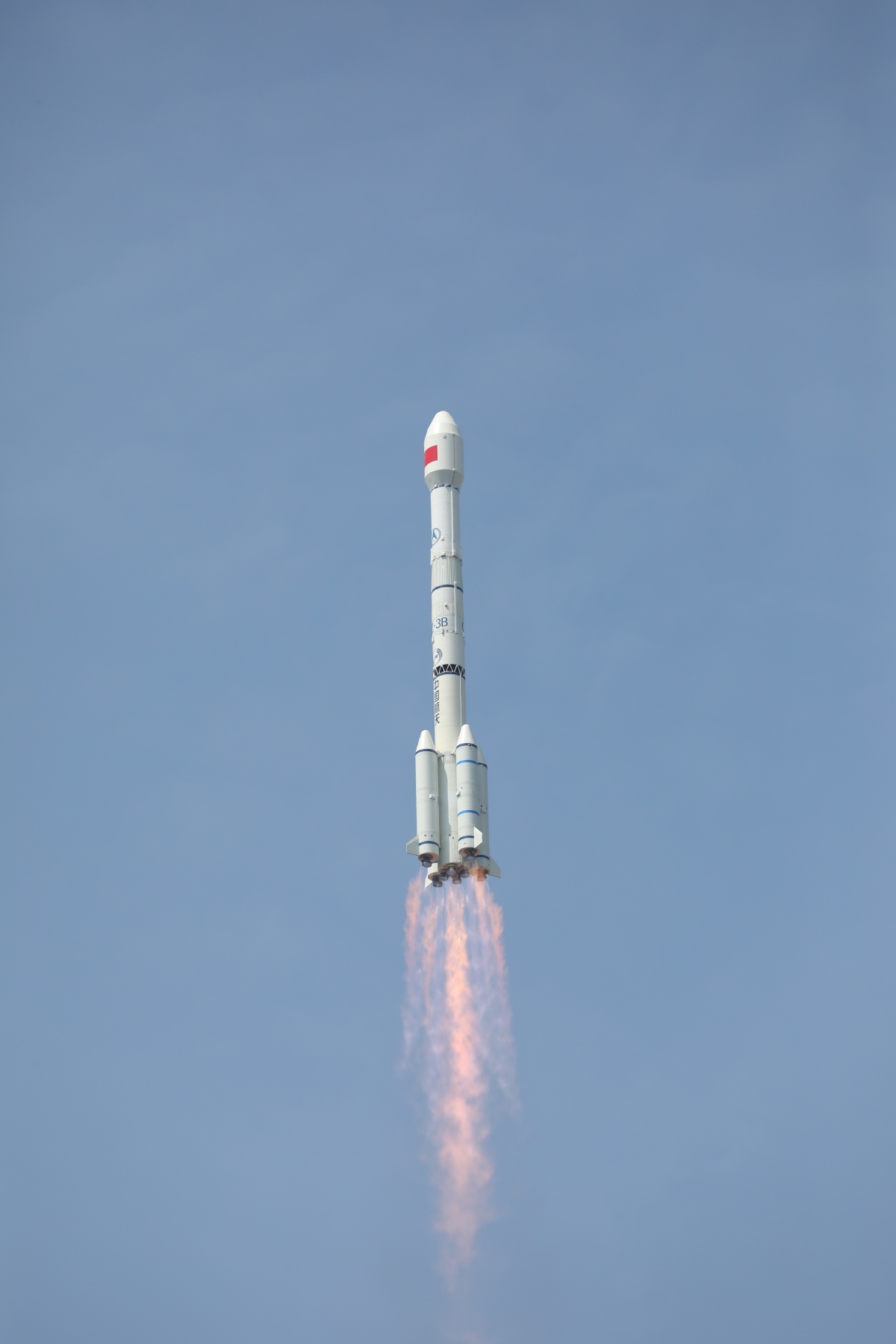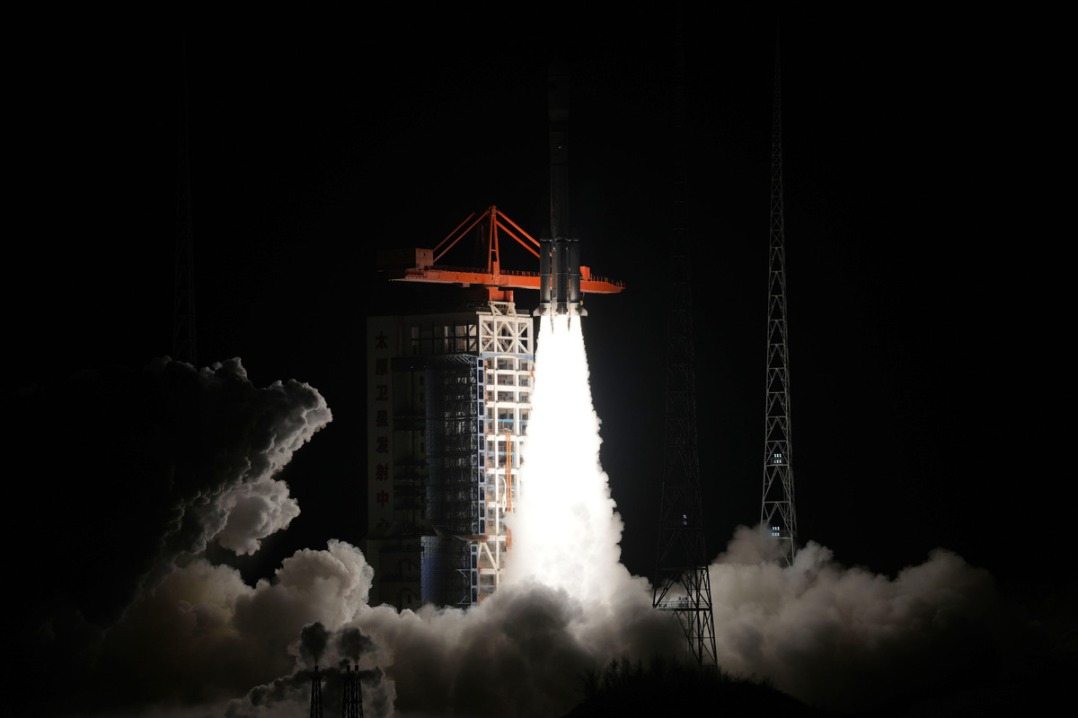New Beidou satellite launches into orbit


Beidou is currently China's largest civilian satellite system and one of four global navigation networks, along with the United States' GPS, Russia's GLONASS and the European Union's Galileo.
Since 2000, a total of 60 Beidou satellites, including the first four experimental ones, have lifted on 45 Long March 3 series rockets from Xichang.
In June 2020, the final satellite to complete Beidou's third-generation network was lifted by a Long March 3B rocket at the Xichang center. The following month, President Xi Jinping announced that the system had been completed and had begun providing full-scale global services.
Currently, there are 46 satellites in active service, which includes the latest one.
According to the most recent statistics from the Global Navigation Satellite System and Location-Based Services Association of China, by the end of 2021, the overall value of satellite-enabled navigation and positioning services in China stood at 469 billion yuan ($67 billion), a 16.3 percent increase year-on-year.
China plans to establish the next generation of the Beidou system by 2035. The new version will be "omnipresent, smarter and more integrated" and, upon its completion, there will be Beidou service not only on land and sea, but also in the sky, outer space and deep within the oceans, according to the China Satellite Navigation Office.
- More deceased organ donors in China in 2024: report
- Death toll rises to 160 in Hong Kong residential building fire: police
- Pair discovers China's diversity and hospitality on walk from France to China
- China exposes scams preying on jobseekers
- China gets international recognition for search-and-rescue standards
- Chinese scientists explore alpine ecosystem carbon cycling responses to climate change


































